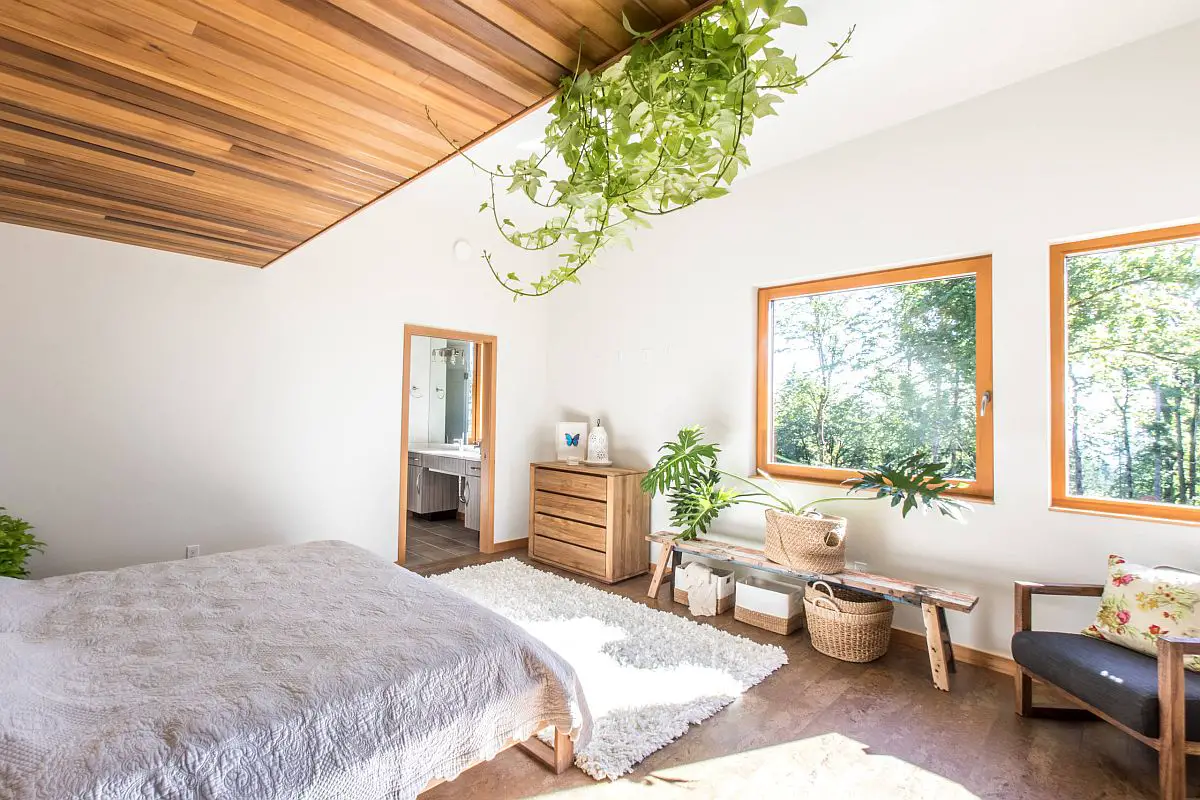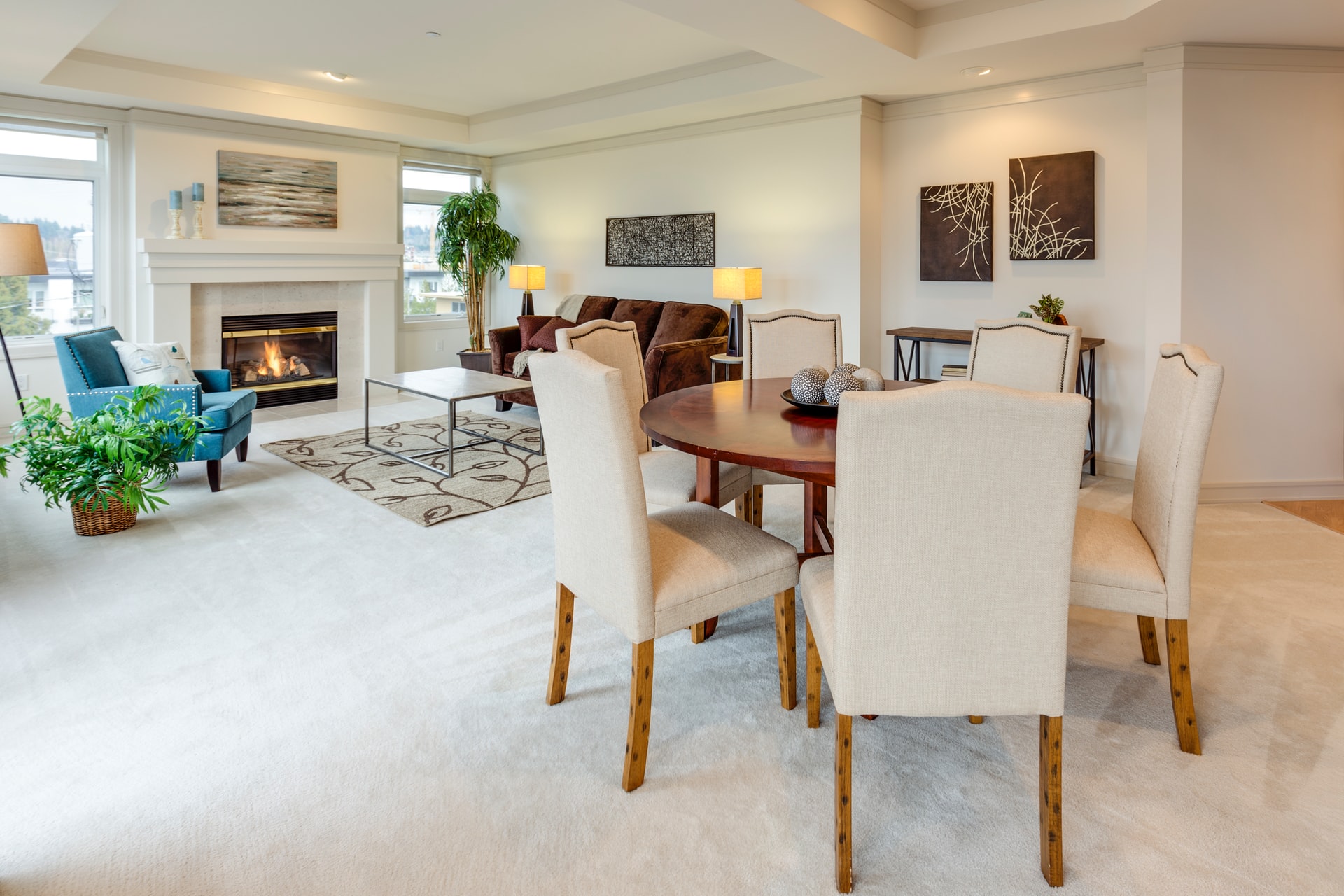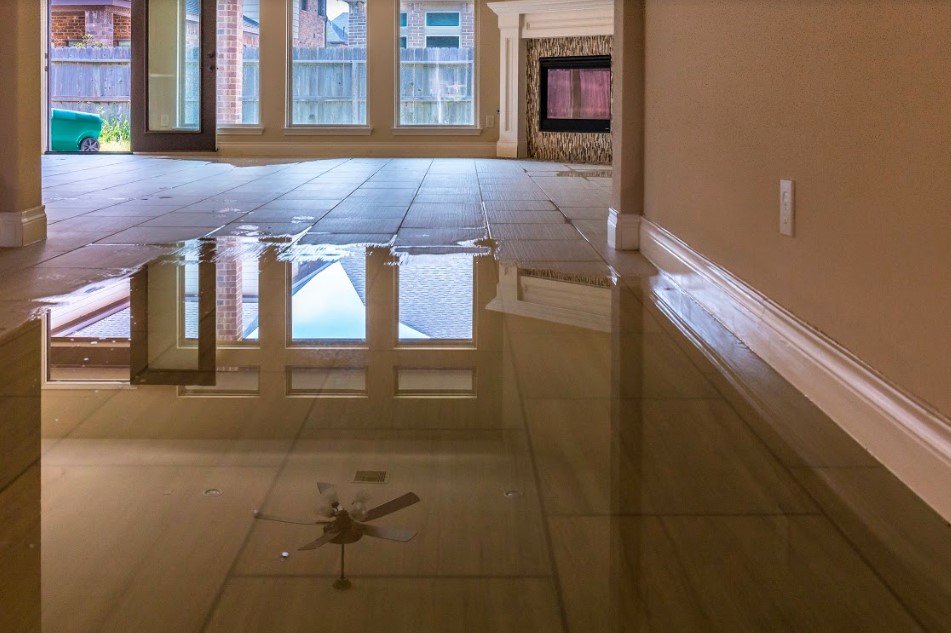Architects have been using marble as a building material for millennia, and the reasons are many. Ancient monuments from Greece to the Far East adorn themselves with marble to this day, masterfully quarried and shaped with only hand tools. Even thousands of years later, the craftsmanship is a real sight to behold, and it’s all thanks to marble’s aesthetic appeal and unique physical characteristics.
Marble is one of the most beautiful natural stones on the planet, but it’s also practical for large structures. Its inherent durability and hardness make it ideal for long-term projects, among others, so here’s a quick word about the primary uses of marble before you contact a marble supplier near you.
Commercial structures
In our modern era, builders use many different types of natural stone, and one of the go-to choices is marble. Interestingly, this stone comes in three general varieties: white, cream, and black. But each of those breaks down into additional subtypes that vary by differences in the stone’s mineral composition. These nuances make some marble appear whirled or speckled with complementary colors; in others, marble is entirely white, almost as white as snow.
As such, marble is more versatile than other stones because it comes in many different versions. You might see marble flooring or along interior walls in skyscrapers or anywhere that demands a touch of classic sophistication. Some large structures use marble for other interior design accents like polished staircase steps or handrails if the structure is a world-class building.
Arts
Along those lines, sculptors have used marble as source material for thousands of years. Today, marble remains desirable for artistic projects that demand a stately style. Marble is also abundant, so price-wise, it doesn’t cost as much as other stones. Indeed, artists and sculptors can have a field day with marble, provided they have the masonry skills to shape it. Typically, marble for art projects is the softer variety that you can shape by hand gradually.
Residential amenities
Lastly, we come to marble as a residential amenity. Granite has been in style for decades in the custom home industry, yet marble performs just as well, if not more so. Marble for kitchen countertops, for example, is easier to cut and shape than the marble used on commercial structures. In a typical home, you might find marble tiles in certain house sections, especially for bathroom flooring.
Furthermore, marble’s affordability makes it a great choice when a premium stone is too expensive. Some homeowners choose natural marble for its sheer beauty and personality. Every type of marble is unique, with tiny imperfections that give the stone character. Essentially, that’s why interior designers love marble because it provides them with more options when it comes time to select colors.
Overall, marble is one of the best types of natural stone for buildings. It’s beautiful, plentiful, easy to work with, and comes at a reasonable price when you need to buy large quantities from a marble supplier.






